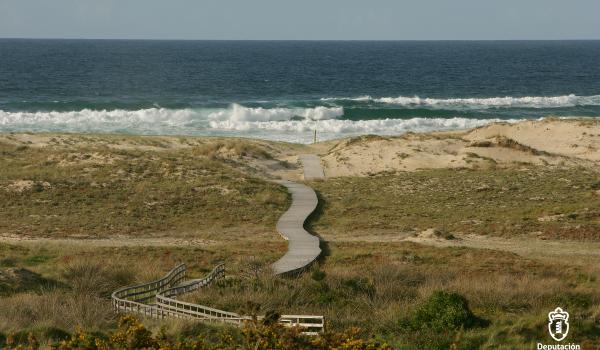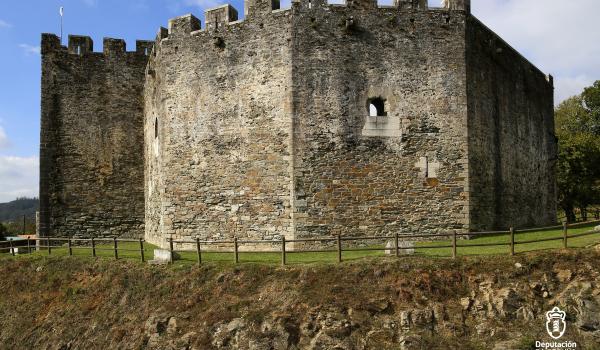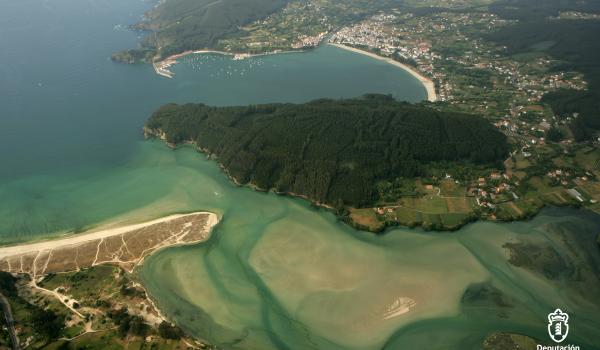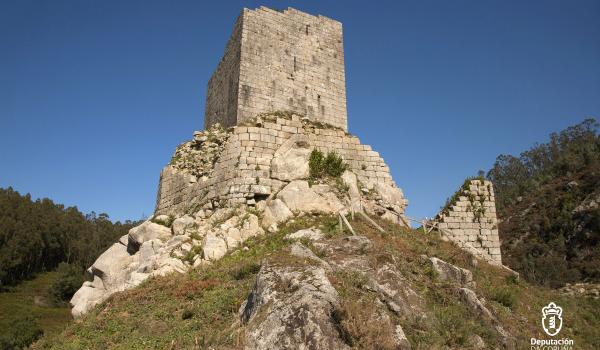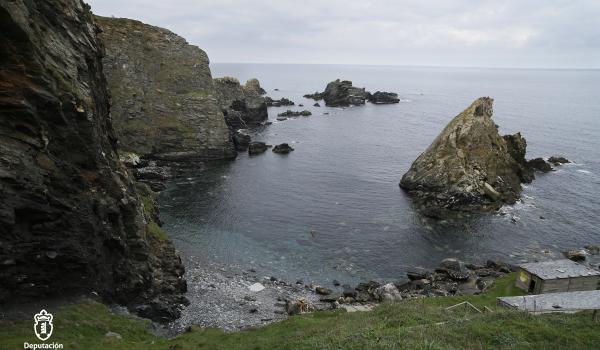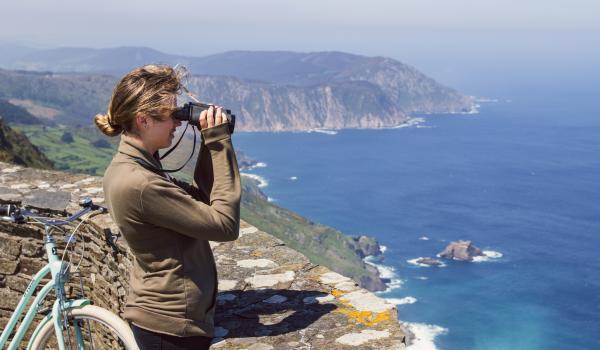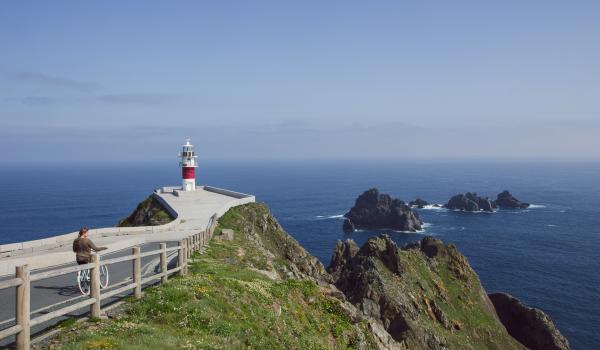Going to the northernmost corner of the province of A Coruña, the Ferrolterra and Ortegal regions both safeguard and showcase a truly unique piece of Galicia’s geological heritage, one that is now a candidate to receive the prestigious distinction of a UNESCO Geopark.
Backed by numerous studies carried out by the Spanish Geological Society and recognised by the international scientific community, the Cape Ortegal complex is a worldwide geological benchmark. With this in mind, the Cape Ortegal Geopark project was created as a collaborative initiative between A Coruña’s Provincial Government and the city councils of Cariño, Cedeira, Cerdido, Moeche, San Sadurniño, Ortigueira and Valdoviño.
What would it mean to be designated as a Geopark by UNESCO?
The Global Geopark designation is a recognition granted by UNESCO aimed at preserving and disseminating information about geographical areas with a unique geological heritage and a great ethnographic, ecological and cultural richness associated with these “geosites”. Their goal is for this “badge of quality” to serve as a tool to spread information and educate and unite the local community with regards to scientific value of the region, offer and position a top-notch touristic experience and, finally, guarantee the sustainable return of its profits, or, in other words, to conserve both the geological heritage and touristic development.
Currently, there are 147 Geoparks located in 41 different countries. Spain has been awarded 13 of these prestigious designations, positioning it second in the worldwide ranking behind China.
Why Cape Ortegal?
With around 630 square kilometres, this project is lead by A Coruña’s Provincial Government and built around one of the most complete allochthonous arrays of the European Variscan orogeny which contains a wide range of formations such as folds, faults and thrust faults created during the Palaeozoic continental collision between the Laurussia and Gondwana supercontinents.
Commonly, this region, from the Capelada Mountains to where the Atlantic Ocean and the Cantabrian Sea meet at Cape Ortegal, is generally known to be home to continental Europe’s highest sea cliffs. Despite this truism, the real added value of this topography is that it was formed 350 million years ago when some of the materials it is made of were still resting at depths of 70 kilometres along the ocean crust and in the Earth’s mantle.
However, the exceptional scientific nature of the Cape Ortegal complex is not limited to the coast, but also extends inland. San Sadurniño, Moeche and Cerdido are areas with a strong mining tradition centred on the pyrite mines in Piuito and Barueira thanks to their numerous serpentinite quarries (a type of green marble).
For all these reasons, and many more, it is often said that “visiting this iconic geological landscape is like taking a journey inside the Earth”.






